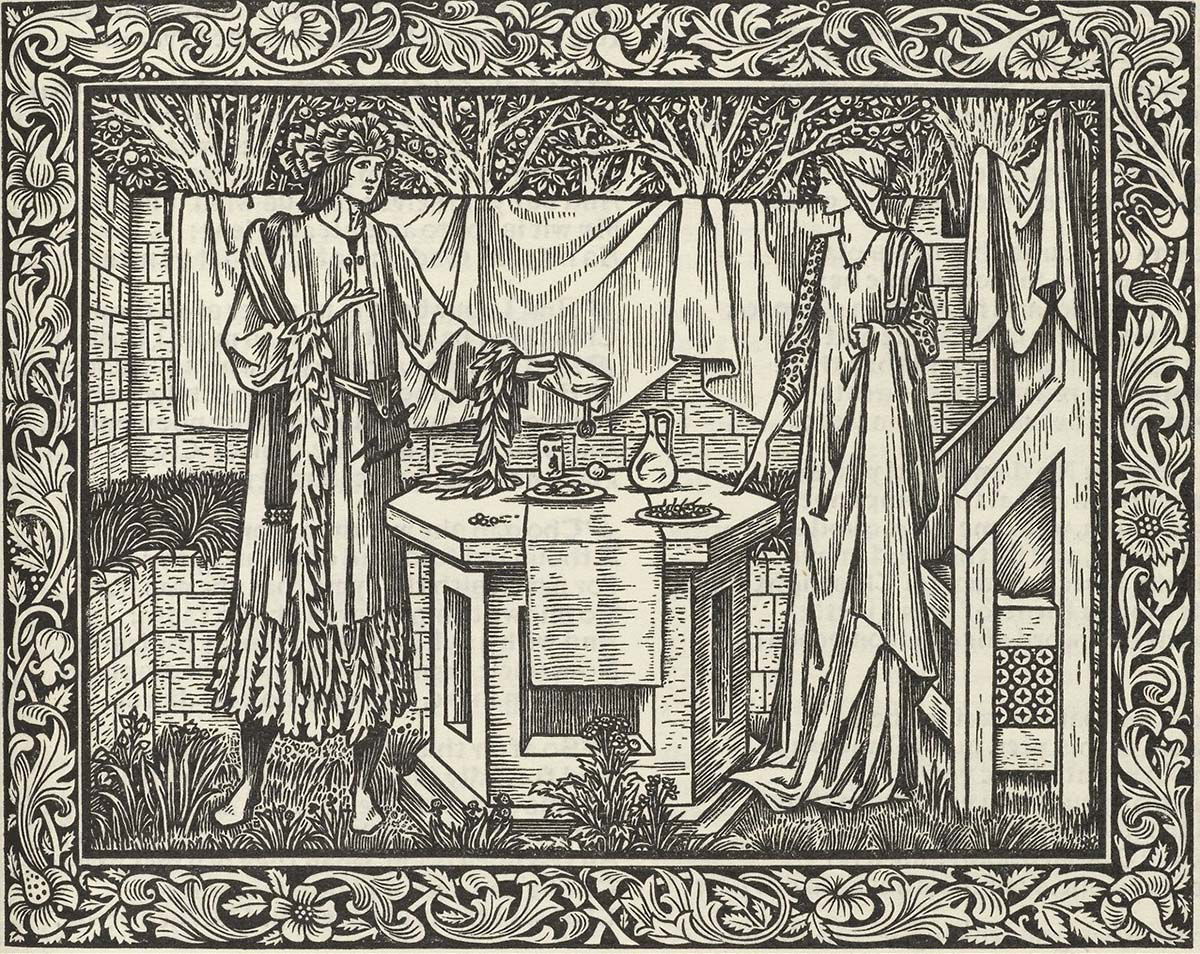Chaucer: The Poet in His World - 3 minutes read

It isn’t really possible to write a biography of Chaucer. Painstaking research over many decades has turned up a small number of documents related to his life, which between them give a patchy, at times perplexing, picture. This foremost medieval English poet – always the first, and often the only, medieval author whom people can name – is found in the historical record as the recipient of various payments and annuities from the king for unspecified services; as a man exempted from lawsuits while he carried out the king’s business; as a soldier abroad and an international traveller and negotiator; as a businessman and Justice of the Peace; and, following a recent discovery, as a man accused of rape, a charge he seems to have avoided by paying significant damages to the plaintiff, Cecily Champaigne.
There is no difficulty with the quality of the material; the problem lies in its scarcity and its frustrating lack of narrative detail to make sense of these skeletal facts. And yet all this must be set against Chaucer’s astonishing literary output: the sheer brilliance and variety of his poetry, culminating in the uncontainable Canterbury Tales; the beauty and sensitivity of his reworking of romance and epic, reaching its peak in the masterpiece Troilus and Criseyde; and the creativity and cultured intertextuality of his shorter poems, not to mention the literary and philosophical influence of his translations from French, Italian and Latin.
Chaucer’s literary importance has always encouraged interest in his life, no matter the challenges involved, and Marion Turner is not alone in her endeavour. Recent years have seen the publication of Paul Strohm’s The Poet’s Tale: Chaucer and the Year that Made the Canterbury Tales (2015), David Wallace’s New Introduction (2017) and Very Short Introduction (2019), while we await Ardis Butterfield’s Chaucer: A London Life. Noticeably, Strohm and Wallace have responded to the limitations of the historical record with a combination of narrow focus and brevity; in comparison, Turner’s achievement is to offer a real ‘life and times’ portrayal of the poet in his world. She structures the book around significant places, some literal, some imaginary, some figurative – Parliament, Inn, Garden, Troy, Empire, south of the Thames and the Milky Way are a few examples – while nonetheless maintaining enough chronology to give a sense of narrative progression. It feels as though new light is genuinely being shed on Chaucer’s life, combining documentary material with sure-footed interpretations of his works, what we know of the people and places he encountered, and social and economic history. Hence we learn about living arrangements and home interiors, the mechanics of international diplomacy, trade policy and protectionism, street life around Westminster Abbey and the itinerant lifestyle of the retinue of a great house. The result is a three-dimensional picture of Chaucer from the outside in.
As the subtitle suggests, that picture is emphatically European. Chaucer was multilingual and well travelled, inhabiting multiple identities both literal and literary. He revolutionised English poetry not by reinventing it in isolation, but in constant dialogue with other literatures, in French, Italian and Latin. To read Turner’s biography is immediately to see that the ‘father of English poetry’, as the next generation of poets chose to call him, was in truth a cosmopolitan, European, itinerant and multilingual figure: and, pertinently for our current political situation, to see that the two identities are not in competition.
Chaucer: A European Life
Marion Turner
Princeton
576pp £30
Laura Ashe is Professor of English Literature at the University of Oxford.